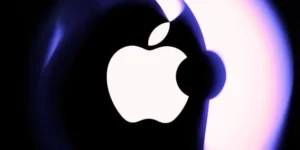HDMI dominates the spotlight in video and audio interfaces in everything from TVs and gaming consoles to laptops and monitors. But beneath the popularity lies a more capable and often overlooked contender: DisplayPort. While HDMI continues to evolve, DisplayPort quietly outperforms it in key areas, especially for PC users.
Superior Bandwidth and Refresh Rates
One of DisplayPort’s most significant advantages is higher bandwidth, which supports higher resolutions and refresh rates. DisplayPort 1.4 can handle 4K at 120Hz or even 8K at 60Hz, and DisplayPort 2.0 pushes this even further. This makes it a favorite among gamers, content creators, and professionals who need buttery-smooth performance and crisp visuals.
Multi-Monitor Support Made Easy
Another standout feature is Multi-Stream Transport (MST), which allows multiple monitors to run off a single DisplayPort output. HDMI lacks native daisy-chaining capabilities, meaning DisplayPort is the more efficient option for multi-monitor workstations. This flexibility is invaluable for professionals juggling complex workflows or gamers building immersive setups.
Better Syncing with Adaptive Technologies
DisplayPort also excels in its compatibility with adaptive sync technologies like NVIDIA G-Sync and AMD FreeSync. While HDMI has caught up in recent years, DisplayPort was the standard for these features early on and still offers superior performance and lower latency in many cases. This gives gamers a smoother, tear-free experience.
Often Found in Higher-End Equipment
While HDMI is ubiquitous across consumer devices, DisplayPort is often found on premium monitors, professional graphics cards, and business-class laptops. It signals higher-end performance and is geared toward those who demand more than plug-and-play media consumption. Yet, many users overlook it due to HDMI’s more recognizable brand.
Conclusion
Despite HDMI’s widespread use and name recognition, DisplayPort remains the better-kept secret in display connectivity. It offers more bandwidth, better multi-monitor support, and stronger performance in high-end use cases. For users who care about refresh rates, visual fidelity, and versatility, DisplayPort deserves more credit than it gets. In the HDMI era, DisplayPort quietly outperforms, proving that popularity doesn’t always equal superiority.










